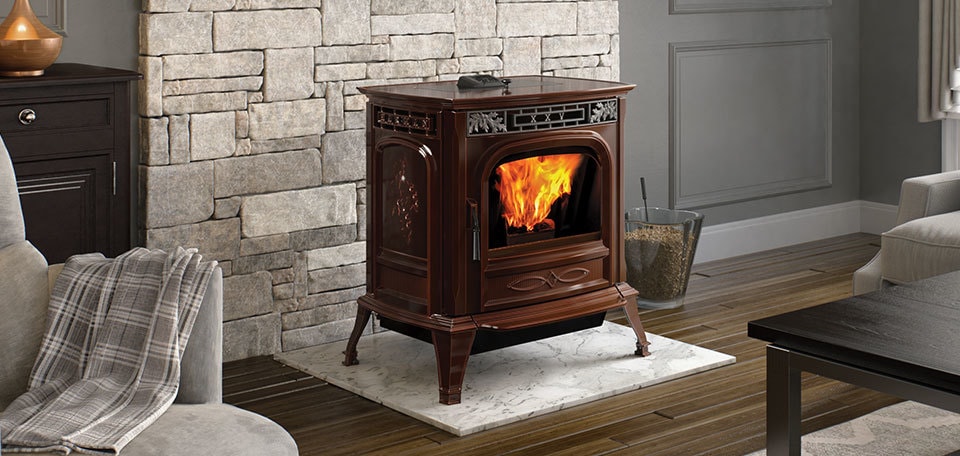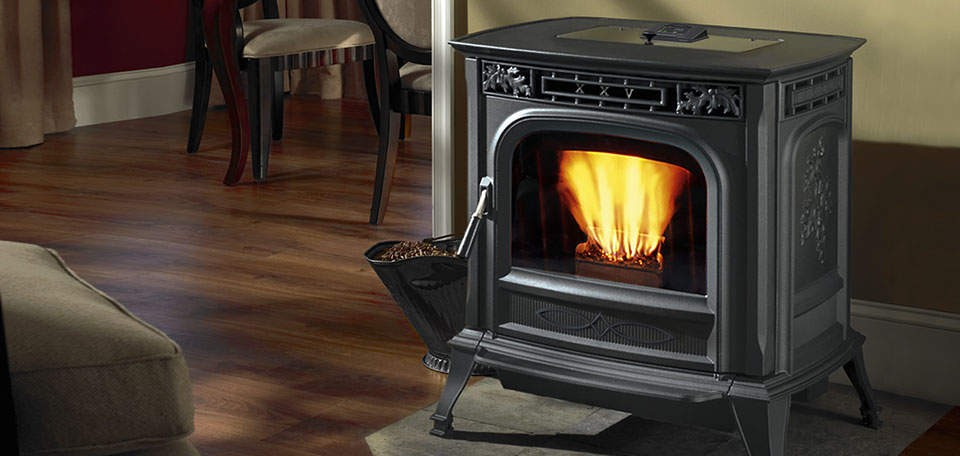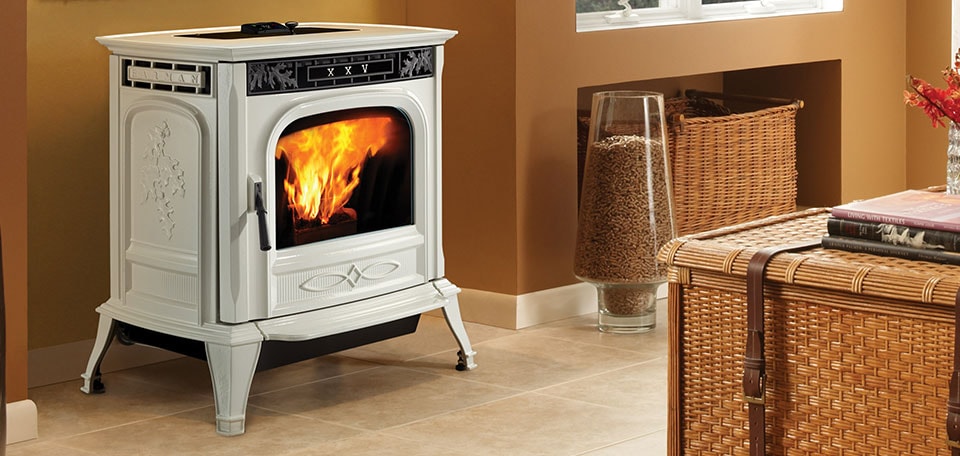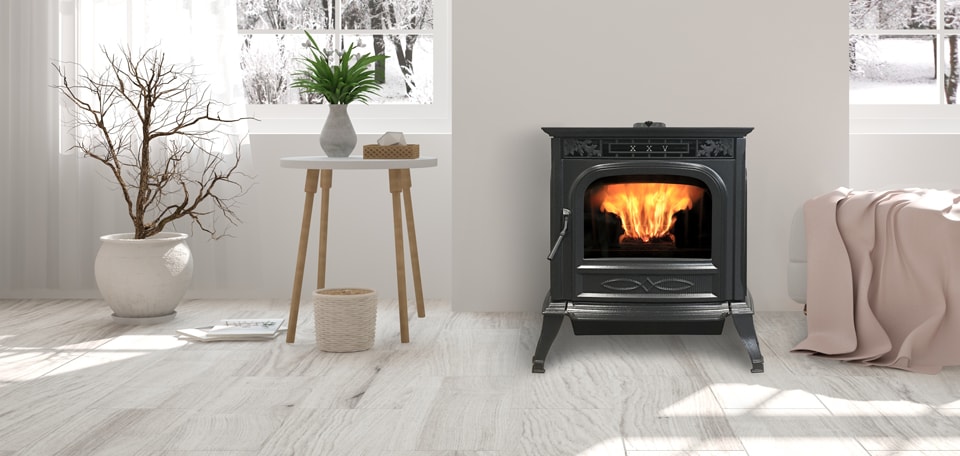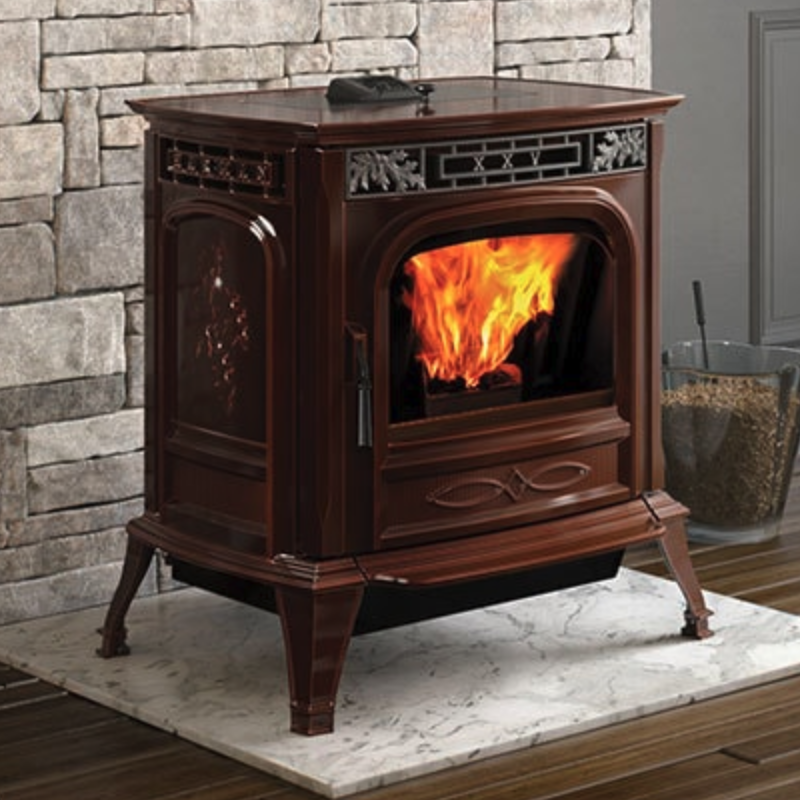XXV-TC Pellet Stove
This tribute to decades of Harman success burns with an uncompromising commitment to quality. The XXV-TC pellet stove is popular for its cast-iron workmanship and intricate oak leaf styling, but loved for its unmatched temperature accuracy and control. Harman continues to raise the standard for excellence, with the revolutionary EASY Touch Control system making the pellet stove experience easier and more intuitive than ever before.
- Smart operation with EASY Touch Controls
- Near silence in Whisper mode
- View fuel levels easily with tinted hopper lid
- Less loading with 65lb hopper capacity
- Elegant flame-reactive mirrored glass
- Installation made easy with direct vent
XXV-TC Pellet Stove
Brochure
EASY Touch Control Quickstart Guide
Installation Manuals
Install Manual
Top Vent Options Instructions
Owner's Manuals
Owner's Manual
EASY Touch Control Owners Manual
Software Update: Easy Touch Control - What’s New
Software Update: Easy Touch Control - How to Update
Software Update: EASY Touch control file 19.12.16 (zip format)
Service Parts
Service Parts
XXV with Touch Control
Dimensions in inches. Refer to installation/owner’s manual for detailed specifications on installing this product. Hearth & Home Technologies reserves the right to update units periodically. Product installation must adhere strictly to instructions shipped with product.
| Model Specifications | |
|---|---|
| Appliance Width: | 29-7/16″ |
| Appliance Height: | 31-1/8″ |
| Appliance Depth1: | 28-5/8″ |
| Hearth Front Width: | 29-7/16″ |
| Hearth Depth: | 27-3/4″ |
| Fuel Type: | Pellet |
| BTU/hr Input2: | 11,000 – 48,000 |
| Heating Capacity3: | 900 – 2,300 sq ft |
| Hopper Capacity4: | 65 lbs |
| Viewing Area: | 181-1/8 sq in |
| Efficiency5: | 77.5% LHV; 72.5% HHV |
| Emissions: | 1.75 grams/hour |
1 Appliance Depth includes entire unit including depth of firebox and extension onto hearth.
BTU: 1st hour output uses high burn efficiency number. BTU will vary depending on the type of fuel used and moisture content of the fuel.
2 BTU/hr Input based on maximum feed rate per hour multiplied by approximately 8600 BTU, which is average BTU from a pound of pellets.
3 This is a general guide, see your local dealer for help in determining the product that best suits your heating needs based on climate, home efficiency, location of the heater, and air movement in the room.
Actual burn times will vary based on how the appliance is operated, load size, moisture content and type of wood used.
4 Fuel density and pellet shape will affect hopper capacity.
5 Weighted Average LHV (Low Heating Value) efficiency.
Image Gallery
